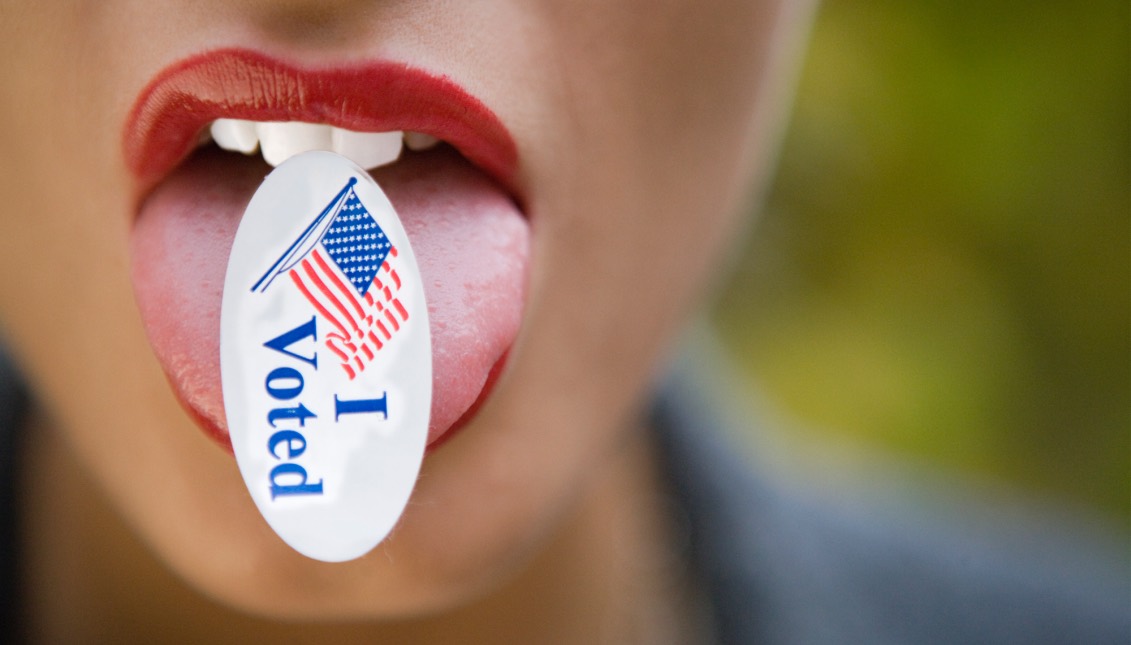
Want the Latino vote? Start talking to millennials
Millennials. They are part of the largest living generation — 83.1 million of them, almost a quarter of the nation’s population — and nearly half of them are…
MORE IN THIS SECTION
The national political season is in full swing. The New Hampshire primaries are taking place as this gets uploaded, and although Pennsylvania’s primary isn’t until Tuesday, April 26, ballot petitions are already circulating.
According to reports, the Marco Rubio, Ted Cruz and Hillary Clinton campaigns have been particularly active in Pennsylvania, with Clinton said to have raised $2.3 million in the state already.
It is predicted she will do well in Pennsylvania (she took the state in the 2008 primaries running against Obama), and has been endorsed by former Governor Ed Rendell, Senator Bob Casey, and U.S. Senate candidate Katie McGinty. Bernie Sanders has been endorsed by another of the U.S. Senate candidates, John Fetterman, but his Pennsylvania outreach is just now starting to get some visibility through watch parties and balloting.
On the GOP side, a recent Franklin & Marshall poll of voters showed Donald Trump in the lead, but Rubio has been endorsed by a number of Republican state legislators, including House Speaker Mike Turzai, as well as former Senator Rick Santorum, and incumbent U.S. Senator Pat Toomey (who McGinty, Fetterman and Joe Sestak are challenging). Former Governor Tom Ridge, for his part, has endorsed Jeb Bush — who barely made a mark last week’s Iowa caucuses.
And it’s precisely the Iowa caucuses — and their startling results — that have candidates examining their outreach strategies for the primaries and caucuses to come.
All three of the “upset” candidates — Sanders, Cruz and Rubio — led in the 17 to 29 age cohort. Sanders got 84 percent of that age-group’s vote on the Democratic side; Cruz got 27 percent, and Rubio got 24 percent. And while the overall turnout for the that age-group was a middling 18 percent of the total vote on the Democratic side, and 12 percent on the Republican side, all of the politicians have to be looking at them with hope (and perhaps a little dread). They are part of the largest living generation — 83.1 million of them, almost a quarter of the nation’s population — and nearly half of them are people of color. According to Think Progress, they constitute about 36 percent of the eligible voting pool.
Almost half of all eligible Latino voters are millennials — a greater share of the total eligible voters of their ethnic group than any other millennials' share of their own group. The median age of U.S.-born Latinos is 19, according to a Pew report released mid-January, and they stand to be “drivers of growth among Latino eligible voters over the next two decades.”
According to reports, the Marco Rubio, Ted Cruz and Hillary Clinton campaigns have been particularly active in Pennsylvania, with Clinton said to have raised $2.3 million in the state already.
It is predicted she will do well in Pennsylvania (she took the state in the 2008 primaries running against Obama), and has been endorsed by former Governor Ed Rendell, Senator Bob Casey, and U.S. Senate candidate Katie McGinty. Bernie Sanders has been endorsed by another of the U.S. Senate candidates, John Fetterman, but his Pennsylvania outreach is just now starting to get some visibility through watch parties and balloting.
On the GOP side, a recent Franklin & Marshall poll of voters showed Donald Trump in the lead, but Rubio has been endorsed by a number of Republican state legislators, including House Speaker Mike Turzai, as well as former Senator Rick Santorum, and incumbent U.S. Senator Pat Toomey (who McGinty, Fetterman and Joe Sestak are challenging). Former Governor Tom Ridge, for his part, has endorsed Jeb Bush — who barely made a mark last week’s Iowa caucuses.
And it’s precisely the Iowa caucuses — and their startling results — that have candidates examining their outreach strategies for the primaries and caucuses to come.
All three of the “upset” candidates — Sanders, Cruz and Rubio — led in the 17 to 29 age cohort. Sanders got 84 percent of that age-group’s vote on the Democratic side; Cruz got 27 percent, and Rubio got 24 percent. And while the overall turnout for the that age-group was a middling 18 percent of the total vote on the Democratic side, and 12 percent on the Republican side, all of the politicians have to be looking at them with hope (and perhaps a little dread). They are part of the largest living generation — 83.1 million of them, almost a quarter of the nation’s population — and nearly half of them are people of color. According to Think Progress, they constitute about 36 percent of the eligible voting pool.
Almost half of all eligible Latino voters are millennials — a greater share of the total eligible voters of their ethnic group than any other millennials' share of their own group. The median age of U.S.-born Latinos is 19, according to a Pew report released mid-January, and they stand to be “drivers of growth among Latino eligible voters over the next two decades.”
Pew projects that in 2016, the Latino eligible voter will look like this:
 • 44 percent of Latino eligible voters will be between 18 and 34 years old
• 44 percent of Latino eligible voters will be between 18 and 34 years old• 18 percent will have at least bachelor’s degree
• 30 percent will have a two-year degree or have some college
• 32 percent will have a high school degree
• 24 percent will be first-generation immigrants
• 32 percent will be second-generation
• 43 percent will be third-gen or higher
In Pennsylvania:

• Eligible Latino voter population is 440,000
• Eligible Latino voters are 4.5 percent of all eligible voters in the state
• 52.8 percent of the total Latino population is eligible to vote
• In Congressional District 1 (Rep. Bob Brady), 16.8 percent of the population is Latino, 12 percent eligible to vote
• In Congressional District 13 (Rep. Brendan Boyle), 12 percent of the population is Latino, 7.5 percent is eligible to vote
• In Congressional District 15 (Rep. Charlie Dent), 15.8 percent of the population is Latino, 12.2 percent is eligible to vote
• In Congressional District 16 (Rep. Joe Pitts), 18.4 percent of the population is Latino, 11.1 percent is eligible to vote.
There is are clear outreach opportunities here — in terms of millennials and Latino voters in general. Come Pa. primary time, it will be interesting to see which candidates took the time to notice.
• 52.8 percent of the total Latino population is eligible to vote
• In Congressional District 1 (Rep. Bob Brady), 16.8 percent of the population is Latino, 12 percent eligible to vote
• In Congressional District 13 (Rep. Brendan Boyle), 12 percent of the population is Latino, 7.5 percent is eligible to vote
• In Congressional District 15 (Rep. Charlie Dent), 15.8 percent of the population is Latino, 12.2 percent is eligible to vote
• In Congressional District 16 (Rep. Joe Pitts), 18.4 percent of the population is Latino, 11.1 percent is eligible to vote.
There is are clear outreach opportunities here — in terms of millennials and Latino voters in general. Come Pa. primary time, it will be interesting to see which candidates took the time to notice.






LEAVE A COMMENT:
Join the discussion! Leave a comment.